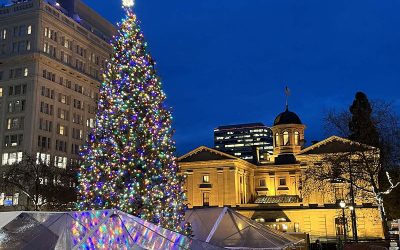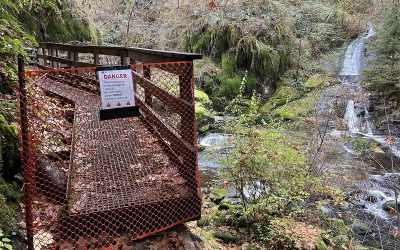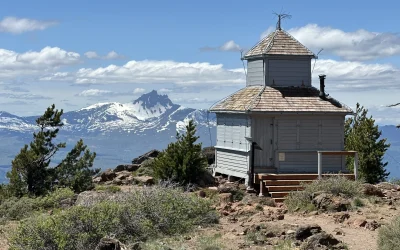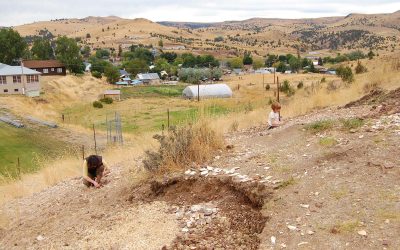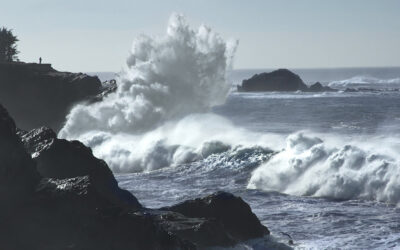Not sure how to cut down your own Christmas tree in Oregon, where to go to do it, or how to get your permit? We've got you covered!
You might be surprised to find out that permits to cut down your own Christmas tree in one of Oregon's National Forests only cost $5. Many families prefer to put up a fake Christmas tree, or go to a tree lot and get one that's already been cut and prepared for them. For others, going out to cut down their own Christmas tree every year is a cherished family tradition. If you've never done it before, we've got you covered with everything you need to know to get the job done.
How To Get A Permit To Cut A Christmas Tree
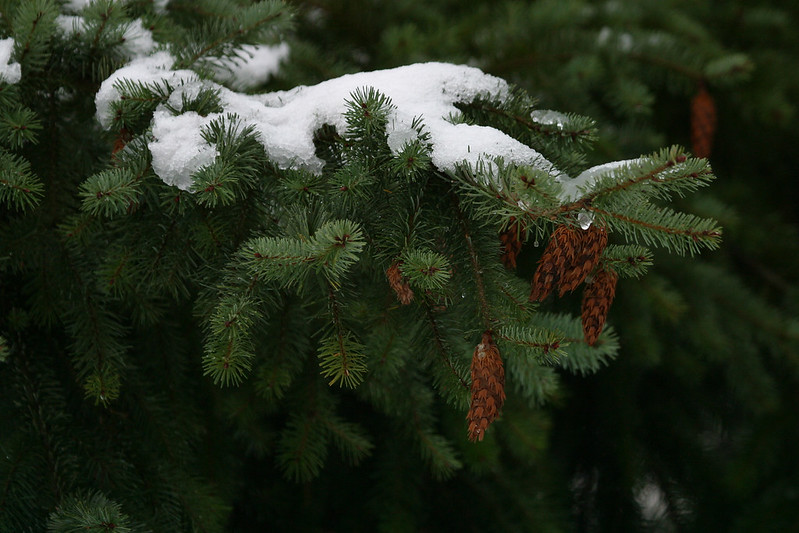
Each National Forest has their own rules and guidelines for how and where you can cut down a Christmas tree, so you'll need to research before you go out. That's key to ensuring you're not breaking any laws and not cutting a tree down in an area with a fragile eco-system.
There are some general rules to follow when you're cutting down a tree in any area however. Don't cut a tree if it's:
- Within 300 feet of a campground or an administrative site.
- Within 50 feet of paved roads and trails or within 200 feet of highways.
- Within 100 feet of streams or lakes.
- On private land.
- In areas where there are active timber sales.
- In areas that have been planted with new trees.
- Inside a botanical area and fenced plantation.
What are the dates for cutting trees? This year you can cut your own tree in designated areas of the Willamette National Forest between November 9th and December 31st, 2024. Other National Forests may have different dates.
Do you love Oregon?
Sign up for monthly emails full of local travel inspiration and fun trip ideas. In each newsletter we'll share upcoming events, new things to do, hot dining spots and great travel ideas.
How much does a permit cost? Permits to cut your own trees in Oregon's National Forests cost $5.
How many permits can I get? For cutting Christmas trees, there's a limit of five permits per person.
Where can I get my permit? Many retail locations such as Bi-Mart offer permits, but you can also get your permit online at recreation.gov.
It looks like a lot of steps to get my permit, how do I get started? It's easy. Go to the link above and scroll down to the map. Find the National Forest you'd like to get your tree from, read the details and rules for that forest, and then buy your permit!
How To Choose The Perfect Tree And Cut It Down
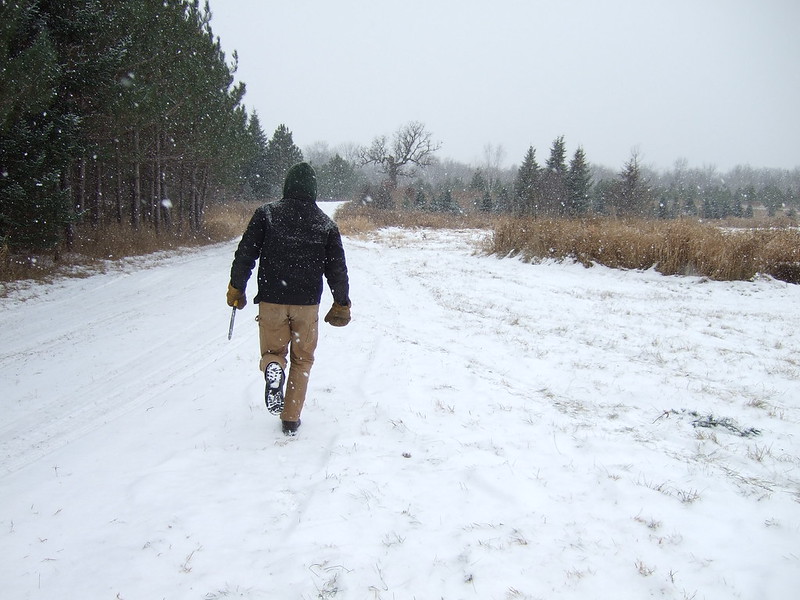
You might be asking yourself, "Why would I cut down a perfectly healthy, living tree when I can put up a fake one that looks just as nice?" Aside from wanting a real tree this holiday season, you have an opportunity to help with forest management. When you get a permit to cut your own tree, you'll be going out to a heavily populated stand of small trees that have been identified as needing to be thinned out. It's a win-win situation—you get the perfect size Christmas tree and new family memories, and the United States Forest Service gets help maintaining a healthy forest.
How do I select the perfect Christmas tree? If you've followed the rules and made it into the designated tree cutting area, you'll want to pick a tree that fits within your space and is no taller than 15 feet. This means planning ahead and measuring the height and width of your space at home before you go out. You should also choose a tree from an area that is dense with trees.
What tools do I need to cut the tree down? Bring a tape measure, work gloves, a hand saw, and a tarp. You can sit on the tarp to keep from getting wet in the snow or mud as you cut your tree, and then wrap the tree in the tarp for the trip home. You should also wear sturdy boots to protect your feet, and bring a rope to tie your tree down to your vehicle. Once your tree is cut down, carry it to the car, don't drag it so that you can avoid losing tree needles and bark. You may want to wrap the tree in canvas for transport home for the same reason.
An important note for cutting your tree: After cutting the tree, no more than 6 inches of height of the stump can remain. You must take the whole tree with you, not just the top. Removing just the top is not helping with forest management.
Please note: You'll also need to identify which type of tree you're cutting down as there are several types that are off limits. You may not cut down pacific yew, whitebark pine, or western white pine.
Tips For Surviving Your Trip Out Into The Wild
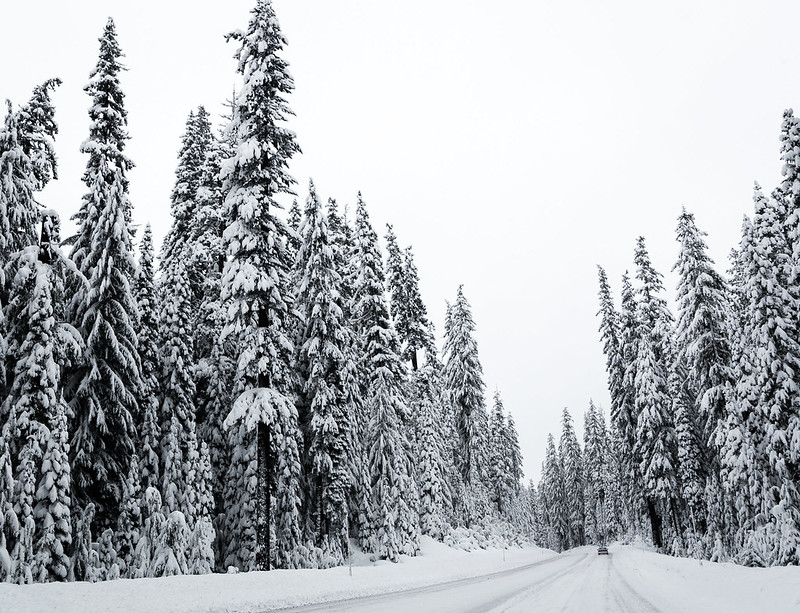
Cutting down a Christmas tree can be a fun way to make family memories that will last a lifetime. Do you know what's not fun? Being stranded in a drift of snow with no cell service in the middle of a snowstorm. To make sure that doesn't happen, you'll need to plan ahead.
- Check the weather before you go as well as any road closures or forest warnings for the area you'll be traveling to.
- Bring a map (and no, GPS doesn't count). GPS might not have the most up to date information on forest service roads, and cell service can be spotty or unavailable altogether out in the woods.
- Start early, and don't leave late in the day. Your goal is to get out of the forest and back onto paved, maintained roads before dark.
- Let someone know where you're going, and when you plan to return.
- Dress in warm layers and bring extra clothes to change into. Because it's winter, even if the weather forecast doesn't call for it, you should always plan for inclement weather, rain, freezing temperatures, wind and snow.
- Bring food and water in case you get stranded.
- Fill up your tank with gas before you go out and carry tire chains, a tow chain, and a shovel as roads may not be plowed. If you can, go in a four wheel drive vehicle.
Pro Tip: Bring a spare car key. There's nothing quite like losing yours on the ground somewhere in the forest or in the snow, and getting locked out of your car in the middle of nowhere. You can give someone else in your group the spare key to hold on to.
Get more information about how to select and cut down your Christmas tree here.
Get your permit to cut a tree here.


